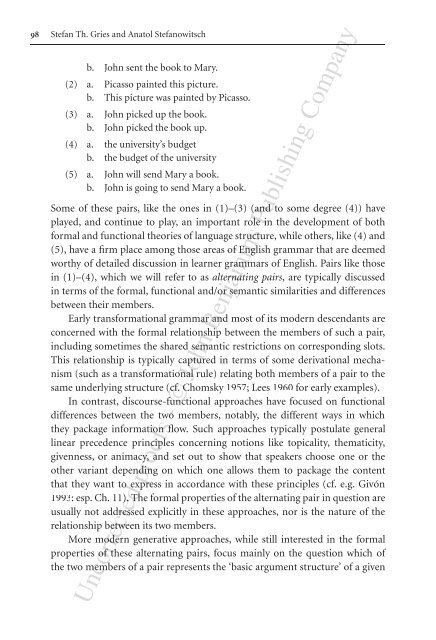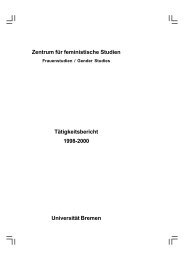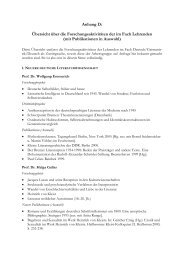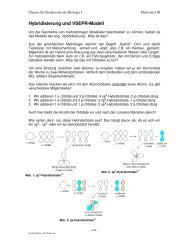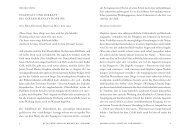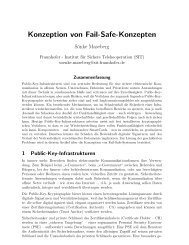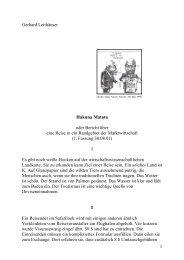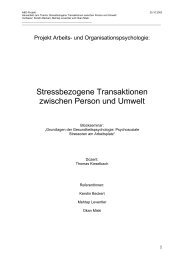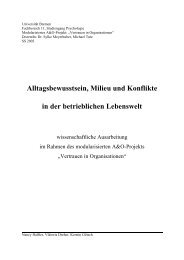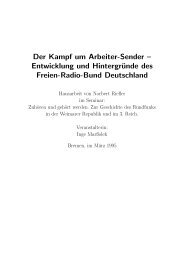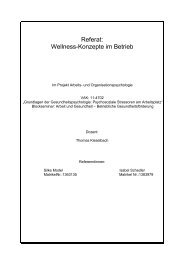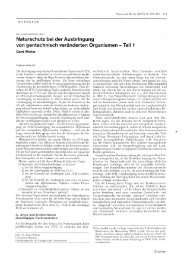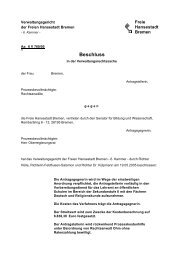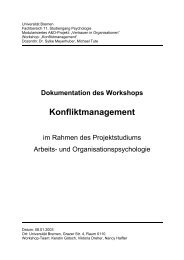Extending collostructional analysis - www-user
Extending collostructional analysis - www-user
Extending collostructional analysis - www-user
Create successful ePaper yourself
Turn your PDF publications into a flip-book with our unique Google optimized e-Paper software.
98 Stefan Th. Gries and Anatol Stefanowitsch<br />
b. John sent the book to Mary.<br />
(2) a. Picasso painted this picture.<br />
b. This picture was painted by Picasso.<br />
(3) a. John picked up the book.<br />
b. John picked the book up.<br />
(4) a. the university’s budget<br />
b. the budget of the university<br />
(5) a. John will send Mary a book.<br />
b. John is going to send Mary a book.<br />
Some of these pairs, like the ones in (1)–(3) (and to some degree (4)) have<br />
played, and continue to play, an important role in the development of both<br />
formal and functional theories of language structure, while others, like (4) and<br />
(5), have a firm place among those areas of English grammar that are deemed<br />
worthy of detailed discussion in learner grammars of English. Pairs like those<br />
in (1)–(4), which we will refer to as alternating pairs, are typically discussed<br />
in terms of the formal, functional and/or semantic similarities and differences<br />
between their members.<br />
Early transformational grammar and most of its modern descendants are<br />
concerned with the formal relationship between the members of such a pair,<br />
including sometimes the shared semantic restrictions on corresponding slots.<br />
This relationship is typically captured in terms of some derivational mechanism<br />
(such as a transformational rule) relating both members of a pair to the<br />
same underlying structure (cf. Chomsky 1957; Lees 1960 for early examples).<br />
In contrast, discourse-functional approaches have focused on functional<br />
differences between the two members, notably, the different ways in which<br />
they package information flow. Such approaches typically postulate general<br />
linear precedence principles concerning notions like topicality, thematicity,<br />
givenness, or animacy, and set out to show that speakers choose one or the<br />
other variant depending on which one allows them to package the content<br />
that they want to express in accordance with these principles (cf. e.g. Givón<br />
1993: esp. Ch. 11). The formal properties of the alternating pair in question are<br />
usually not addressed explicitly in these approaches, nor is the nature of the<br />
relationship between its two members.<br />
More modern generative approaches, while still interested in the formal<br />
properties of these alternating pairs, focus mainly on the question which of<br />
the two members of a pair represents the ‘basic argument structure’ of a given<br />
Uncorrected proofs - © John Benjamins Publishing Company


